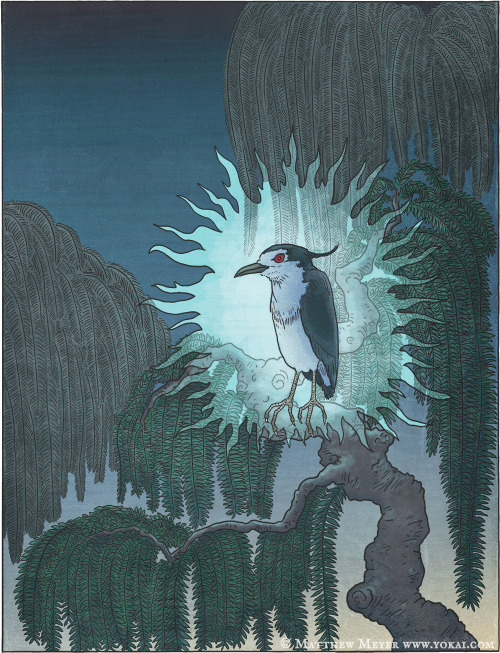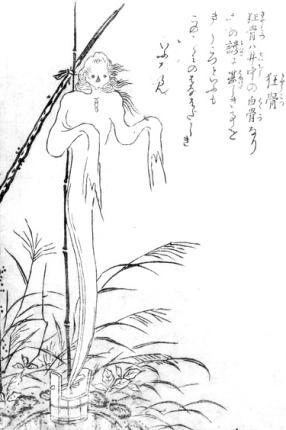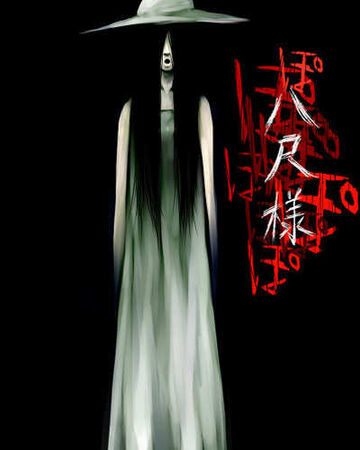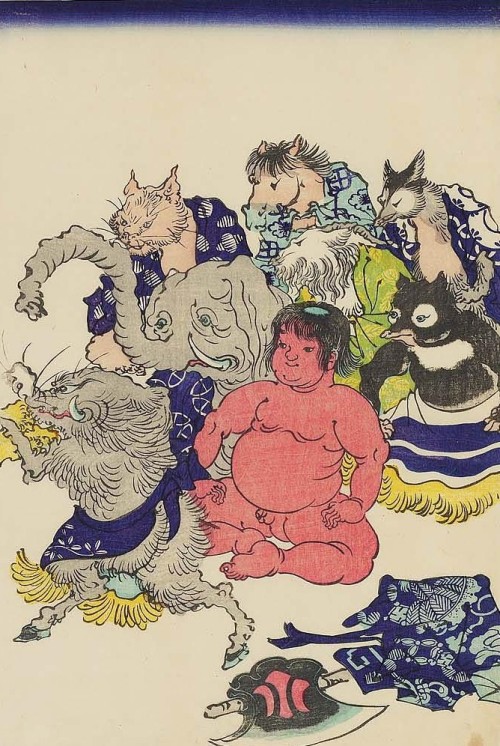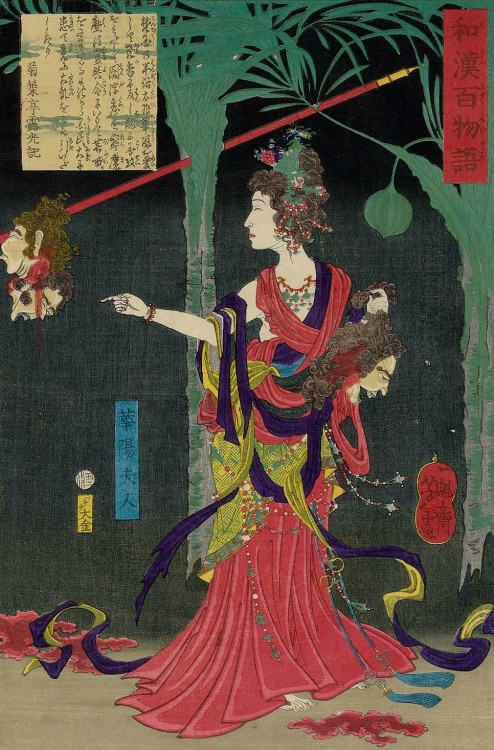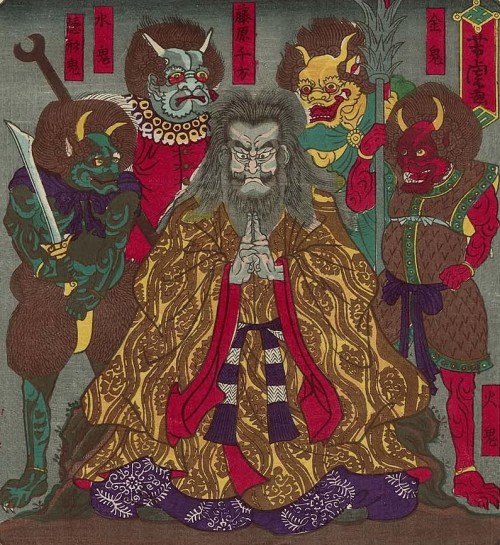#japanese legends
The Shiro Ukari is a ghost-like Yokai found in Japan. The Shiro Ukari is a ghost-like Yokai that is white in color with a long, bright yellow eyes, and whiskers. The Shiro Ukari only appeared in a few scrolls from the Edo period and it was created by an artist and everything about it and its origin are unknown.
Art by: Matthew Meyer
Post link
The Nando Babā is a small humanoid Yokai found living in storerooms in Japan. The Nando Babā is described as a short old woman who is slightly balding ad she is usually seen wearing weathered clothes. The Nando Babā loves living in dark and dirty places especially storerooms and she is very shy and jumpy so when the door to the storeroom is opened, they hide but sometimes they are caught by surprise and scream and chase people who open the door to their hiding place and if they get hit on the head with a broom they get disoriented then hide underneath the floor boards. The name Nando Babā translates to “Storeroom Hag.”
Art by: Matthew Meyer
Post link
The Aosagibi is a heron-like Yokai found in Japan. The Aosagibi is described as a Black-Crowned Night Heron that started to glow as it got older in age. The Aosagibi is said to breathe ball of bluish-white fire that don’t burn or cause any damage. The Aosagibi are said to be peaceful and are easily frightened by people.
Art by: Matthew Meyer
Post link
The Kyōkotsu is a skeletal Yokai found in Japan. The Kyōkotsu is described as a skeletal spirit wearing ragged clothes and having long, dark, and tangled hair. The Kyōkotsu is the spirit of someone who died in a tragic way and was not given a proper burial which caused their spirit to become vengeful and full of malice. The Kyōkotsu are said to live in wells and rise up out of them and scare people and even put curses on them when they are disturbed. The name “ Kyōkotsu” means “Crazy Bones”
Post link
The Oboroguruma is a Yokai found in Kyoto Japan. The Oboroguruma is described as an oxcart with a giant face on it. The Oboroguruma was created when in the older days of Kyoto, noble people would get into carriage fights to good spots for festivals in the capital and they lost the fight, their anger and resentment could manifest itself as an Oboroguruma. Oboroguruma means “Hazy Cart.”
Post link
Hachishakusama is a tall, female Yokai found in Japan. Hachishakusama’s name translates to “Eight-Feet Tall” and as her name suggests she is described as a very tall female Yokai with long, black hair and she is seen wearing a white sun dress and a white wide-brimmed sun hat. Hachishakusama targets children because children still depend on their older family members who can mimic to trick them. Hachishakusama is said to stalk a child for a few weeks to a few months before taking them and killing them. Hachishakusama is also said to say the word “Po” repeatedly in the deep voice of a man.
Post link
Lady Huayang, from the series One Hundred Ghost Stories from China and Japan by Tsukioka Yoshitoshi (1865)
Post link
Tsuchiyama in Ômi Province: The Sorcery of Chikata; Fujiwara Chikata and Demons, from the series Calligraphy and Pictures for the Fifty-three Stations of the Tôkaidô by Utagawa Yoshitora (1872)
Post link



